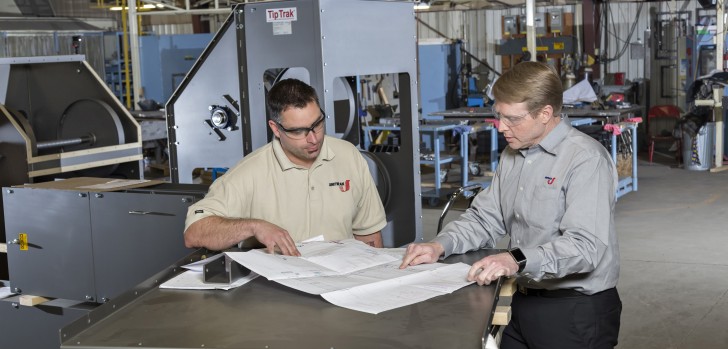Hibiscus
Hibiscus, a genus of flowering plants belonging to the mallow family (Malvaceae), comprises hundreds of species known for their vibrant blooms and diverse uses. Beyond its ornamental appeal, hibiscus has found its place in various industries, presenting unique challenges in bulk material conveying due to its specific characteristics. This article delves into the properties of hibiscus, its common applications, challenges faced in material handling, and recommends UniTrak's specialized equipment solutions tailored for efficient handling of hibiscus and similar materials.
At a Glance
Hibiscus encompasses a wide range of species, including Hibiscus rosa-sinensis (commonly known as Chinese hibiscus or rose mallow) and Hibiscus sabdariffa (known as roselle). These plants are renowned for their large, showy flowers in hues of red, pink, white, and yellow. While primarily cultivated for aesthetic purposes, hibiscus also holds significant commercial value due to its applications in beverages, herbal teas, cosmetics, and medicinal products.
- Acidic: Hibiscus petals contain organic acids, contributing to its tart flavor and acidic pH.
- Abrasive: Dried hibiscus petals can be abrasive due to their fibrous nature, potentially causing wear and tear on conveying equipment.
- Hygroscopic: Hibiscus absorbs moisture from the surrounding environment, leading to clumping and flowability issues during conveying.
- Variable Particle Size: The particle size of hibiscus petals can vary, affecting flow properties and conveying efficiency.

Common Uses
- Beverage Industry: Hibiscus petals are commonly used to prepare herbal teas and infusions, known for their tart, cranberry-like flavor and vibrant red color.
- Herbal Medicine: Hibiscus extracts are utilized in traditional medicine for their potential health benefits, including antioxidant properties and cardiovascular support.
- Cosmetics: Hibiscus extracts are incorporated into skincare and haircare products for their moisturizing, exfoliating, and anti-aging properties.

Challenges in Conveying
Conveying hibiscus and similar materials presents several challenges:
- Abrasion: The abrasive nature of hibiscus can cause premature wear on conveyor components, leading to maintenance downtime and increased operational costs.
- Clogging and Buildup: Hygroscopic properties may result in material buildup and clogging along the conveying path, obstructing flow and requiring frequent cleaning.
- Variable Flowability: Inconsistent particle size distribution and moisture content can lead to erratic flow behavior, necessitating precise control to maintain throughput.
Equipment Options
UniTrak, with its deep expertise in customized bulk material handling equipment, offers tailored solutions to address the challenges posed by conveying hibiscus:
- TipTrak Bucket Elevator: Ideal for vertical conveying, the TipTrak's gentle, interlocking bucket design minimizes product degradation and prevents spillage.
- UniFlex Flexible Screw Conveyor: Suited for conveying fragile materials like hibiscus, the UniFlex features a flexible auger that gently moves product without degradation.
- Powderflight Aeromechanical Conveyor: With its enclosed design and gentle conveying action, the Powderflight effectively handles abrasive and hygroscopic materials like hibiscus, minimizing dust emissions and preserving product integrity.
- Bulk Bag Loader/Unloader: Streamlining the loading and unloading of hibiscus into bulk bags, UniTrak's equipment ensures efficient material transfer while minimizing dust and spillage.
Conveying hibiscus and similar materials requires specialized equipment capable of mitigating challenges related to abrasion, hygroscopicity, and flowability. UniTrak's extensive experience in designing and manufacturing customized bulk material handling solutions uniquely positions them to address the diverse needs of industries handling hibiscus. By leveraging UniTrak's expertise, businesses can optimize their conveying processes, enhance operational efficiency, and maintain product quality, ensuring seamless handling of hibiscus from production to consumption.
